
Sam Fleming ’19 began drawing at just two years old. For years, he was fascinated by the human face and the ways art can help express emotions that many struggle to communicate with others verbally. Crediting his mother for the initial idea, he would turn those drawings into a clothing line, Phillip Park. Based in Minneapolis where Fleming was born and raised, the brand includes various long sleeved t-shirts, sweatshirts and other athletic apparel in colors ranging from black, baby pink, forest green and sky blue. The items display his drawings and create another way for the public to interact with his art through fashion.
The drawings capture an array of intense expressions through abstracted human faces that communicate anger, sorrow and joy, drawn from a long history of expressions in African American art and his experience of being black in the United States. We spoke about what it was like applying his economics major into the real world by starting his first business, how his designs developed into a new medium of expression, his work as the illustrator for the children’s book This Land is My Land in collaboration with Dubie Toa-Kwapong ’16 and Adom Mills-Robertson ’18, and how he hopes to expand Phillip Park in the near future.
IE: How did you begin Phillip Park?
SF: I started Phillip Park in Sept. 2016. It wasn’t planned. My original goal was to become a commission based artist, working at art festivals and around the Twin Cities. My mother told me, “If you put it on clothing I think it would do better” and she was right. I’ve just been growing the brand from there. A big part of my artwork is expression based, especially revolving around African American culture, themes and subject matter. It transcends cultures and languages because general expressions like extreme anger or happiness with grotesque imagery are universally understood.
IE: Why is the brand called Phillip Park?
SF: So I’m half black and half white. My father is white and my mother is black. Phillip is my mother’s maiden name and I picked her to name the brand after. She also grew up around a park named East Phillips Park in Northside Minneapolis and things just seemed to fit. Especially because the brand is Minneapolis based.
IE: What has been a challenging aspect of designing and owning your own clothing brand?
SF: I guess my ignorance to quite literally everything possibly about the business side. I’ve been needing a lot of advice and a lot of help but learning on the job has been fun. When I first launched my new site in Nov., I spent months having it built and there was a lot of additional expenses that I was avoiding because I didn’t want to pay extra, but it turned out I needed them. For example, I had issues with people trying to hack the website and not being able to reach some demographics I wanted to reach. I needed to understand what needs to be purchased, what needs to be on the website, what makes you look the best, what makes you look the most secure. There’s not a lot you can look over but I’ve learned a lot.

IE: So you spoke about how Phillip Park is rooted in Minneapolis but also you mentioned it is based on African American experiences. Can you say more about that?
SF: So expression is a big part for me, growing up as I did, where I did, I didn’t really feel as though I could confidently identify with any group of people or culture. As time went on I learned why I felt that way. I did a lot of research on the history of who I am, and black people in the United States in general and I found that expressions have a massive role to play in black art and black history. Being able to just express pain and express what you’re feeling without people necessarily being able to understand. For someone who has not gone through what I have, if I explain to them with just words my experiences, they will not be able to relate. The facial expression transcends that. Despite not having to know exactly what I’ve gone through, they can understand how I feel in a way that I’m comfortable with and a way that other people might be comfortable with. I think in more realistics drawings you lose the expressive part of things, but when its grotesque you can focus 100% on the expressive nature of the piece. When it’s just a very detailed and beautifully drawn human face, you can be more focused on the human face rather than the expression that they’re making. When it’s grotesque, you’re not usually used to seeing a face in that way so you have to focus solely on the expression.
IE: Who is this clothing line for?
SF: It’s for anyone who thinks that what I have to make speaks to them. It is for anyone that likes my art. I can’t really pick a demographic I always considered my art to be for all and a tool to express my own feelings my own thoughts, my own take on the world we all live in.
IE: How has presenting your drawings on clothing rather than paper changed its perception?
SF: For the people who purchase my art both on clothing or on paper, they use it differently. If you’re going to wear it on your body and wear it around, that says “this is me,” “this is something that I personally like and I’m going to show that to the entire planet.” It’s more public and intentional. But if it’s on a piece of paper and it’s in your own home, then it’s more personal, you’re not necessarily broadcasting it to the whole world. When my designs are worn on t-shirts, it’s not the same.

IE: Where do you see your brand going in the future?
SF: I have a very open mind to anything the brand can take me to. I don’t have an endgame in mind. I have some very definite goals for the near future: I’d like to rent a kiosk sometime in the next few months and keep working on my website, I’m trying to get a better social media presence and gain more followers.
IE: Can you tell me a bit more about what it’s like being the illustrator for This Land is my Land?
SF: I’ve never done anything like this in my entire life so I’m learning as I go. The art I’ve been making for that book follows a similar trend in my other artwork. It’s very expression oriented. The book follows this young girl, Amina, who is going to school under the new Trump atmosphere. We don’t mention Trump in the book but, you’re supposed to know what we’re talking about. She talks about how some of her friends and some of the people close to her are getting treated differently because of the new environment that she’s in. Her parents explain to her why they have no right to make her feel this way, how this isn’t new, how this isn’t something that no one can combat and that this is something that is not going to stay forever, hopefully.
IE: How did you decide to illustrate her? I’m sure that’s a lot to have to encapsulate heavy themes through this one character.
SF: Again, I’ve never done anything like this before. The style is pretty new but I try to make something that will be appealing for kids to look at while also integrating in the themes that we wanted. The colors red, black and green appear pretty significantly throughout the book and if you’re not familiar with that color scheme it’s the Black national tricolors; it’s also the colors of the Ghanaian flag colors. The colors were big with Marcus Garvey and Malcolm X. I drew big hair for a lot of the African American characters and used a lot of close-up images on child and adult expressions. In some scenes, Amina will tell a story where one of her classmates got picked on for having two mothers or another who wears a hijab. The people who are committing those transgressions against kids are not drawn in color. They are drawn in black and white in an etchy type of way while everyone else is drawn with color pencil and is more appealing to look at. That’s how I’ve been trying to tackle that subject.
IE: So it sounds like you’re doing a lot of new stuff for the first time, both designing a clothing line and illustrating a children’s book. Has it been hard juggling all of these new things?
SF: I see it as 100% exciting. Since school’s been out it’s been a lot easier to focus on everything. Honestly, I’m still trying to figure it out as I go.
Check out the Phillip Park website here: https://www.phillipparkmpls.com/

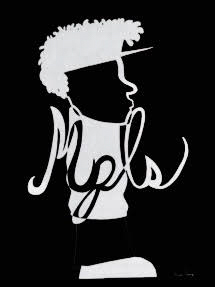
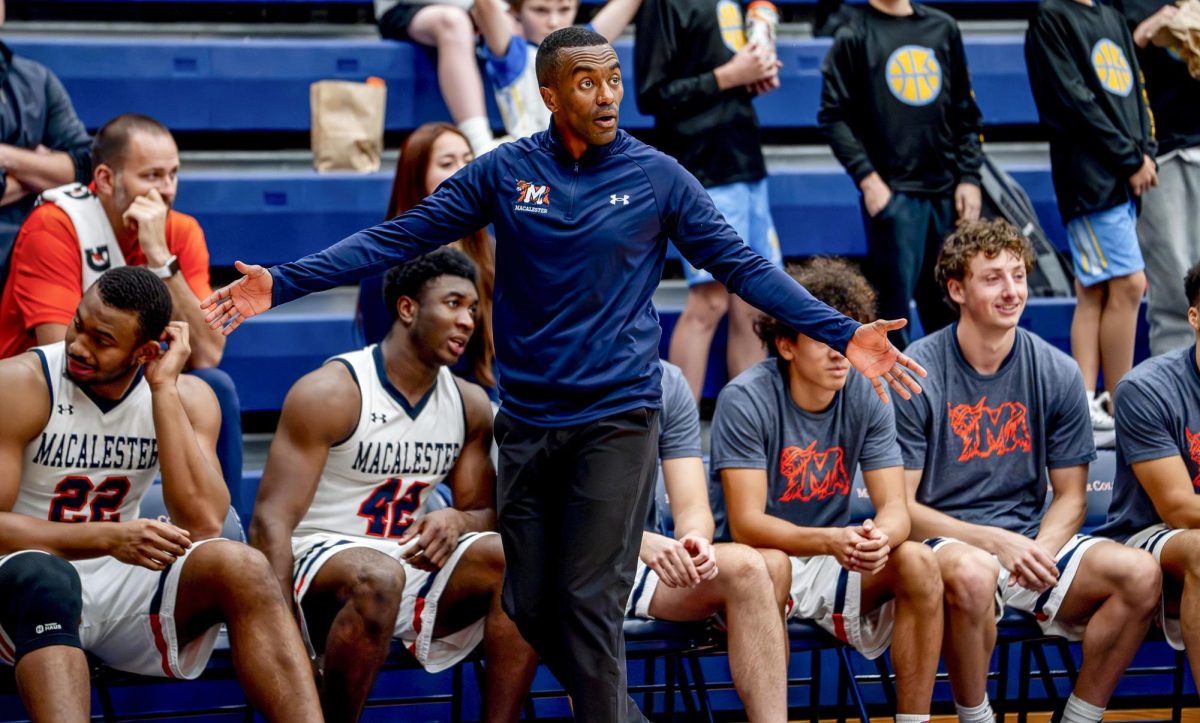




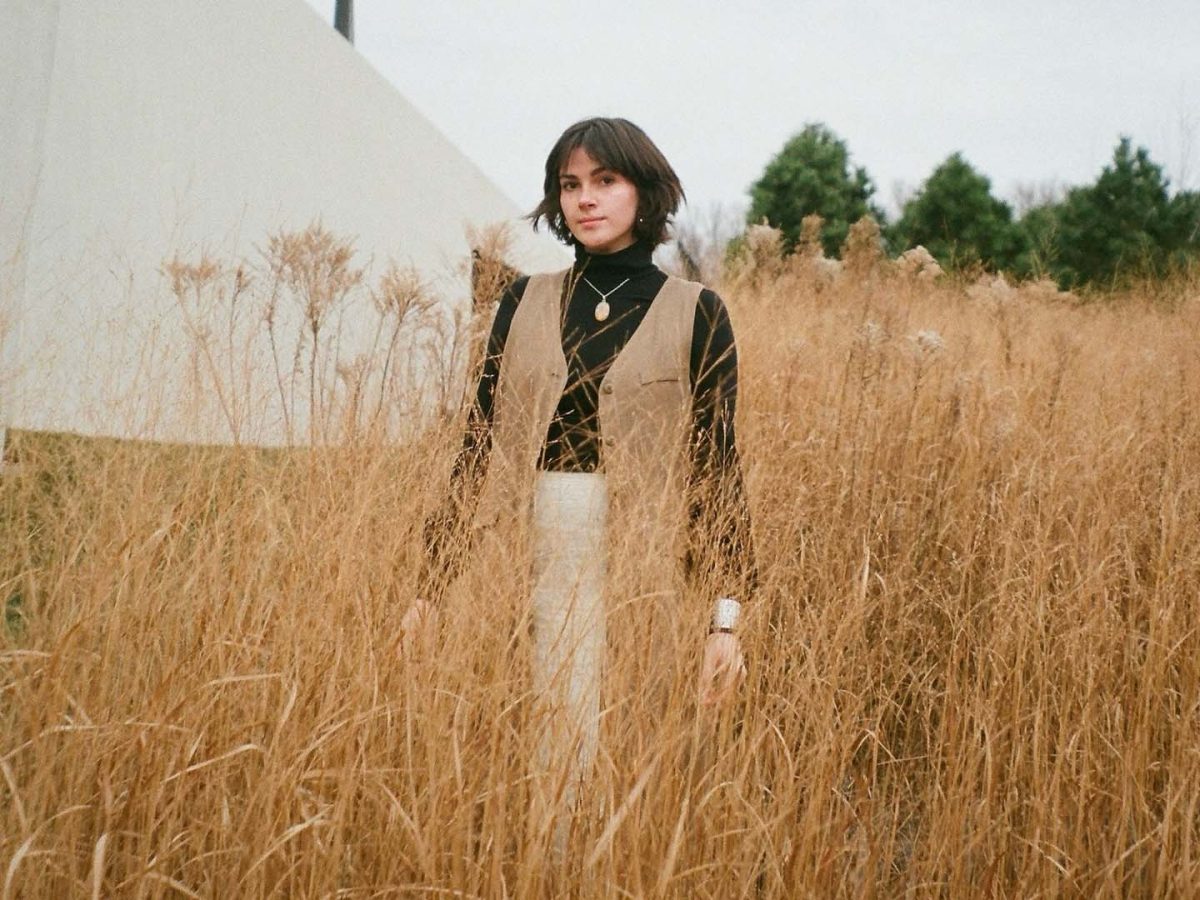
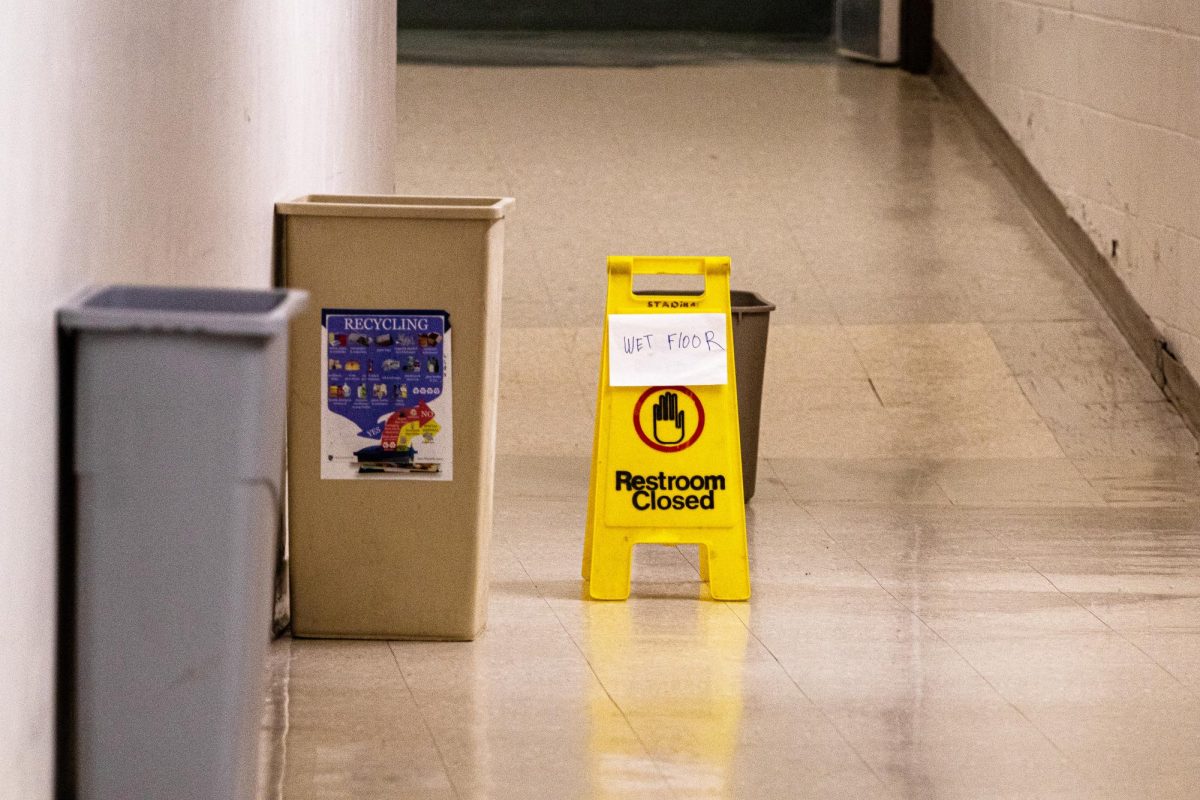
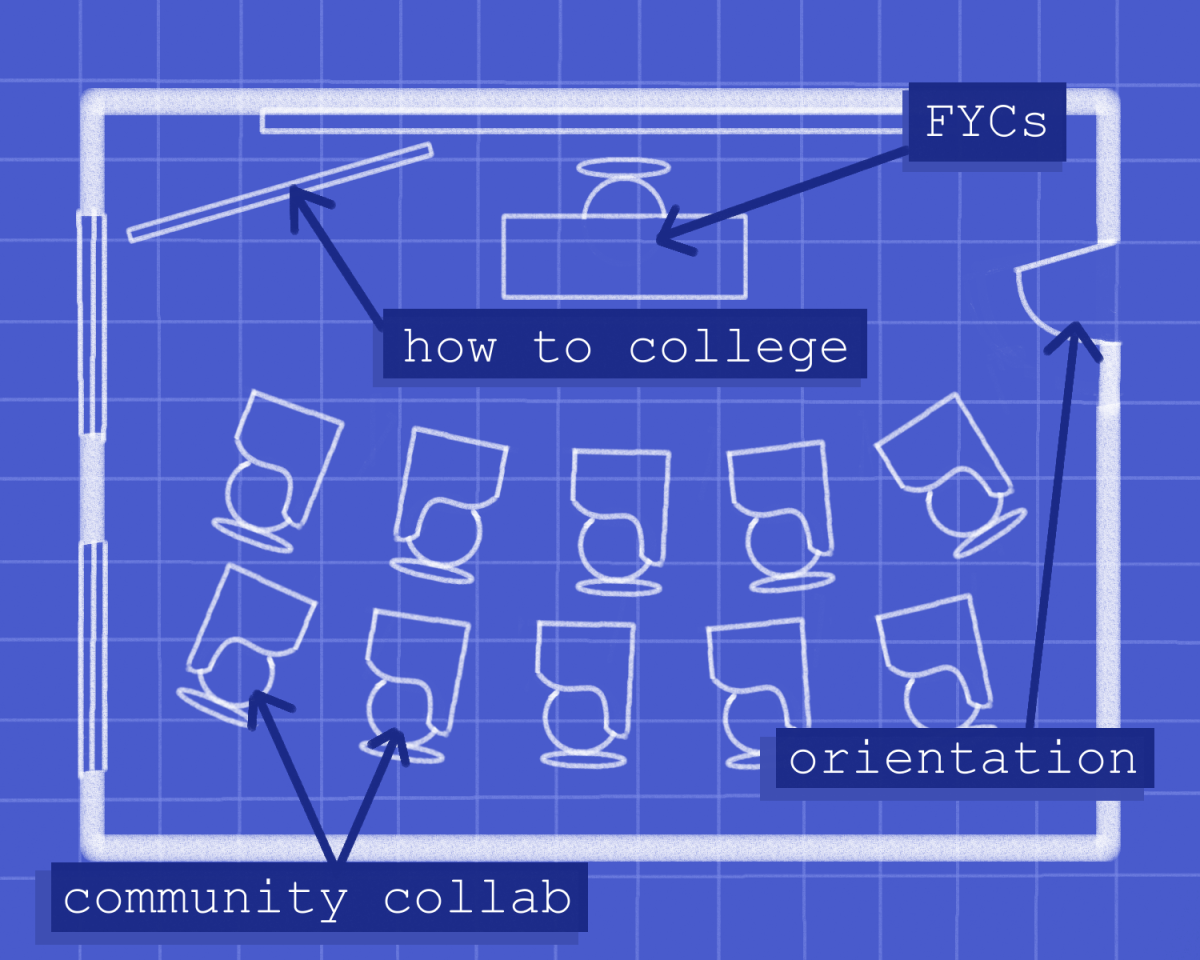



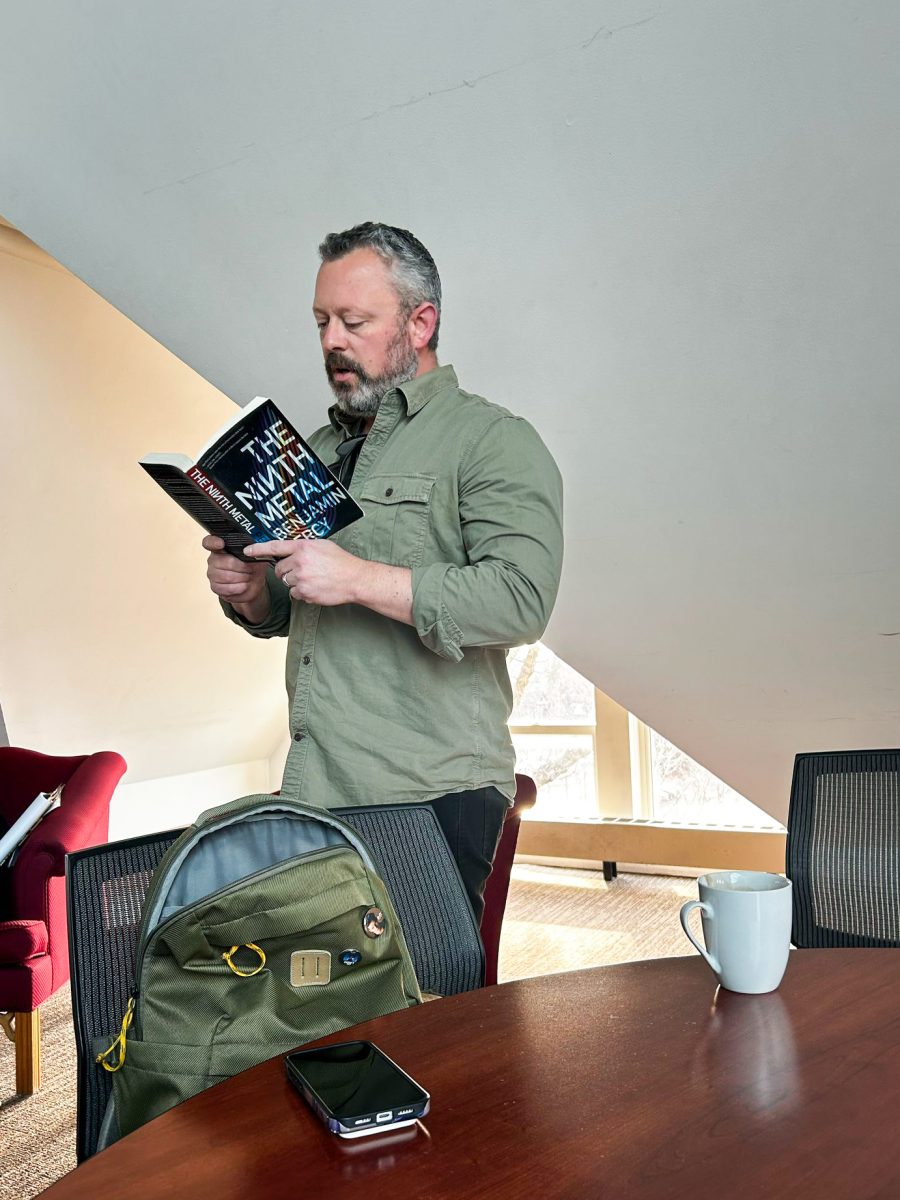
Angela Bower • Sep 11, 2019 at 7:17 pm
Ahaa, its fastidious discussion about this paragraph here at this webpage, I have read all that, so now me also commenting at this place.
Sophie Springer • Sep 10, 2019 at 1:14 pm
I am very happy to read this. This is the kind of manual that needs to be given and not the accidental misinformation that is at the other blogs. Appreciate your sharing this best doc.
Katherine Mills • Sep 5, 2019 at 3:06 am
—
Audra • Sep 1, 2019 at 1:36 pm
Excellent article. Keep posting such kind of information on your page.
Im really impressed by it.
Hey there, You’ve done an incredible job. I’ll definitely digg it and individually recommend to my friends.
I’m confident they will be benefited from this site.
appnana hack without human verification • Aug 17, 2019 at 12:13 am
I love reading through and I believe this website got some genuinely utilitarian stuff on it! .
island experiment cheats for pc • Aug 16, 2019 at 8:28 pm
I conceive this web site holds some real superb information for everyone : D.
feebhax how to use • Aug 15, 2019 at 7:05 pm
I really enjoy examining on this internet site , it has got interesting article .
coda 2 crack • Aug 15, 2019 at 5:18 pm
Enjoyed reading through this, very good stuff, thankyou .
heebhax • Aug 15, 2019 at 2:02 am
I truly enjoy looking through on this web site , it holds superb content .
how to make a poster in bloxburg on pc • Aug 14, 2019 at 5:21 pm
Yeah bookmaking this wasn’t a risky decision outstanding post! .
epic summoners gift code • Aug 14, 2019 at 5:17 am
You got yourself a new rader.
hack kim cuong free fire • Aug 14, 2019 at 12:11 am
I am not rattling great with English but I get hold this really easygoing to read .
super power training simulator script • Aug 12, 2019 at 9:04 am
This is interesting!
redline v3.0 • Aug 10, 2019 at 4:28 pm
I really enjoy examining on this internet site , it has got fine stuff .
question background • Aug 10, 2019 at 2:54 pm
Enjoyed reading through this, very good stuff, thankyou .
jailbreak noclip hack • Aug 10, 2019 at 12:15 am
Respect to website author , some wonderful entropy.
protosmasher download • Aug 8, 2019 at 9:39 am
I’m impressed, I have to admit. Genuinely rarely should i encounter a weblog that’s both educative and entertaining, and let me tell you, you may have hit the nail about the head. Your idea is outstanding; the problem is an element that insufficient persons are speaking intelligently about. I am delighted we came across this during my look for something with this.
roblox account generator • Aug 5, 2019 at 7:46 pm
I love reading through and I believe this website got some genuinely utilitarian stuff on it! .
ezfrags • Aug 3, 2019 at 3:04 pm
I love reading through and I believe this website got some genuinely utilitarian stuff on it! .
xbox one mods free download • Jul 30, 2019 at 9:59 pm
Respect to website author , some wonderful entropy.
ezfrags • Jul 26, 2019 at 6:15 pm
You got yourself a new rader.
ezfrags • Jul 25, 2019 at 4:54 pm
Morning, here from yanex, i enjoyng this, i will come back again.
cant get licence key for farming simulator 19 • Jul 24, 2019 at 1:27 pm
Your web has proven useful to me.
acid swapper download • Jul 23, 2019 at 1:25 pm
Cheers, great stuff, I like.
[prodigy hack] • Jul 21, 2019 at 1:39 pm
Good Morning, yahoo lead me here, keep up good work.
fps unlocker download • Jul 9, 2019 at 11:12 am
Deference to op , some superb selective information .
spyhunter 5.4.2.101 portable • Jul 8, 2019 at 8:57 am
I was looking at some of your articles on this site and I believe this internet site is really instructive! Keep on posting .
call of duty black ops 4 keygen serial licence • Jul 7, 2019 at 7:21 am
Just wanna input on few general things, The website layout is perfect, the articles is very superb : D.
synapse x download • Jul 6, 2019 at 1:57 am
I conceive this web site holds some real superb information for everyone : D.
erdas foundation 2015 • Jul 5, 2019 at 4:37 pm
Enjoyed reading through this, very good stuff, thankyou .
subbot • Jul 4, 2019 at 4:00 pm
I truly enjoy looking through on this web site , it holds superb content .
prison life hacks • Jul 4, 2019 at 3:56 am
I conceive you have mentioned some very interesting details , appreciate it for the post.
cyberhackid • Jul 3, 2019 at 3:52 pm
Hi, i really think i will be back to your site
vnhax download • Jul 3, 2019 at 3:55 am
Great article to check out, glad that yandex led me here, Keep Up good job
nonsense diamond • Jul 2, 2019 at 9:24 am
Respect to website author , some wonderful entropy.
cheat fortnite download no virus • Jul 1, 2019 at 4:46 pm
Good Morning, yahoo lead me here, keep up great work.
pepakura keycode • Jul 1, 2019 at 5:54 am
I love reading through and I believe this website got some genuinely utilitarian stuff on it! .
cryptotab script hack free • Jun 29, 2019 at 10:03 am
I like this website its a master peace ! Glad I found this on google .
advanced systemcare 11.5 pro key • Jun 28, 2019 at 9:51 am
I consider something really special in this site.
synapse x serial key • Jun 27, 2019 at 7:38 pm
Found this on MSN and I’m happy I did. Well written website.
ispoofer activation key • Jun 27, 2019 at 3:52 am
Respect to website author , some wonderful entropy.
skisploit • Jun 26, 2019 at 5:19 am
Respect to website author , some wonderful entropy.
geometry dash 2.11 download pc • Jun 25, 2019 at 7:15 pm
Hi, bing lead me here, keep up great work.
gx tool apk download • Jun 24, 2019 at 2:24 pm
Awesome, this is what I was looking for in google
game of dice cheats • Jun 23, 2019 at 4:42 pm
I must say got into this site. I found it to be interesting and loaded with unique points of view.
nonsense diamond key • Jun 21, 2019 at 7:28 am
This does interest me
vn hax pubg • Jun 20, 2019 at 6:29 pm
I am not rattling great with English but I get hold this really easygoing to read .
proxo key • Jun 19, 2019 at 10:04 am
I really enjoy examining on this website , it has got fine content .
roblox script executor • Jun 17, 2019 at 3:47 pm
Ha, here from google, this is what i was searching for.